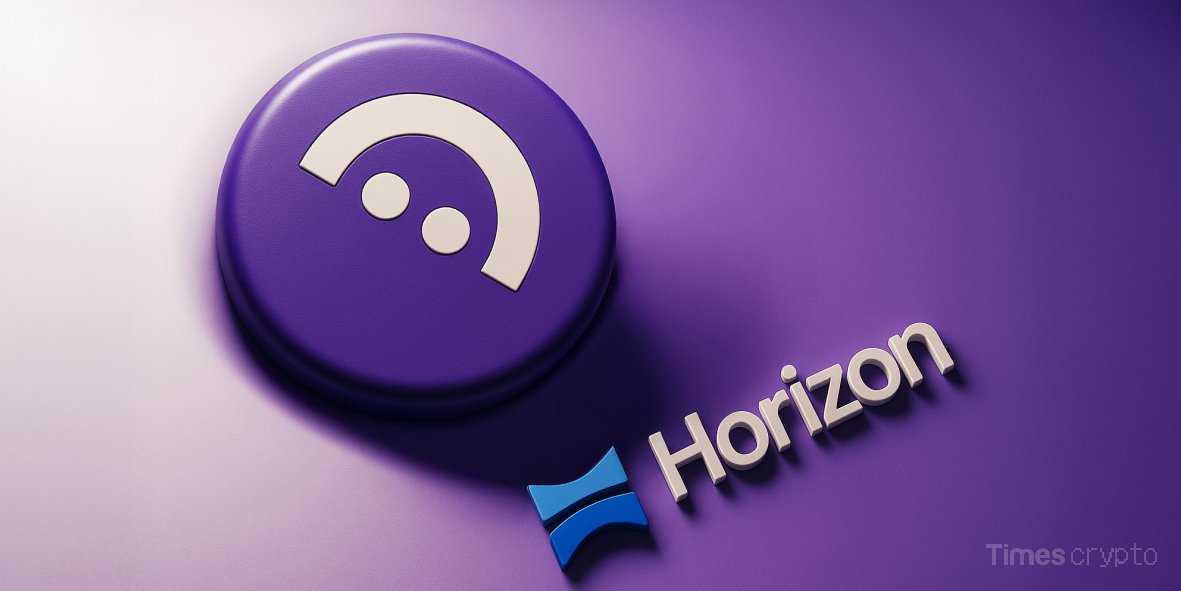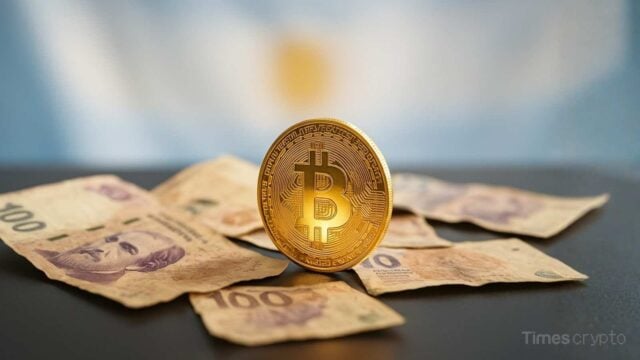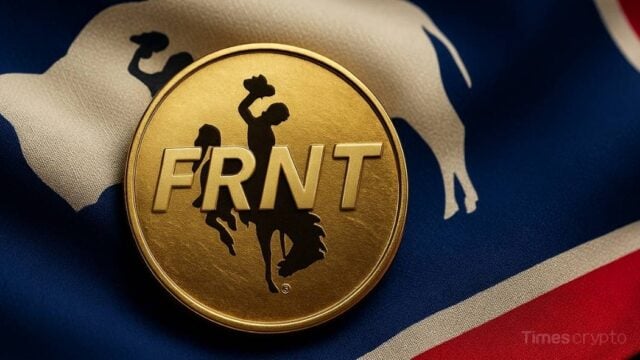Key Takeaways
- Aave’s new Horizon platform offers institutions the ability to borrow stablecoins using tokenized real-world assets (RWAs).
- The launch partners include VanEck, Centrifuge, Circle, and WisdomTree, with Chainlink providing real-time Net Asset Value (NAV) data.
- Supported collateral consists of: U.S. Treasuries, crypto carry, and AAA-rated debt.
- Borrowers will get USDC, GHO, or RLUSD stablecoin liquidity with no need to sell the subjacent assets.
Table of Contents
Bridging TradFi and DeFi: How Horizon Platform Works
Aave Labs has launched the Horizon platform, a pioneering tool that allows institutions to borrow stablecoins against tokenized real-world assets (RWA), finally allowing access to the $26 billion tokenized asset market for decentralized finance (DeFi) lending.
Horizon is built on Aave V3 and leverages the institutional aspect of secure lending while using DeFi efficiency and benefits. It allows qualified users to commit assets like treasury bills as well as corporate debt as collateral for stablecoin loans instantly.
Key Features
- The Horizon platform launched with power partners: Circle’s USYC (yield-bearing Treasuries), Centrifuge’s JAAA (AAA-rated debt), and Superstate’s USTB (portfolio of short-term government securities) serve as Horizon collateral for lending.
- Lenders can deposit USDC, RLUSD, and Aave’s GHO for institutional yield from the housing Aave horizon features.
- Collateral on Horizon would be valued by the Chainlink NAVLink oracle, providing a real-time Net Asset Value (NAV) metric of the specific funds pledged for collateral lending.
- The platform also creates a market for overcollateralized borrowing on stablecoins without conventional intermediaries.
Why This is a Trillion-Dollar Opportunity for DeFi
So far, tokenized real-world assets (RWAs) have been mostly siloed and only ever owned on-chain and not usable in DeFi. Horizon unlocks RWAs to become productive collateral on-chain. Institutions can now have liquidity 24/7 without selling their assets, while DeFi users will be able to earn yield on real-world debt. We are entering an era of tokenized RWAs that will transform global finance.
For instance, it’s a smart move. Given that both BlackRock and JPMorgan have sought the advent of tokenization, Horizon is perhaps Aave’s most valuable recent contribution, bridging traditional finance (TradFi) and DeFi. That said, and as this market matures, there might be some roadblocks like regulatory nuance, whitelisting, and volatility in RWAs.
Final Thought: The Horizon platform is not just a product; it is a whole new paradigm. To date, the market potential of RWAs is not just the tokenization of real-world assets itself; it is what you can do on-chain.
FAQs
Who can use Aave’s Horizon platform?
Qualified institutions meeting issuer Know-Your-Customer (KYC) requirements for Real World Asset (RWA) collateral.
What stablecoins can be borrowed?
So far, Circle’s USDC, Ripple’s RLUSD, or Aave’s GHO.
How are assets valued?
Chainlink’s NAVLink provides real-time net asset value (NAV) data.
Is Horizon decentralized?
Yes, non-custodial smart contracts handle lending/borrowing, but collateral requires issuer permissions.
For more institutional DeFi stories, read: Ripple’s Permissioned DEX Goes Live: Can XRPL Crack Institutional DeFi?







